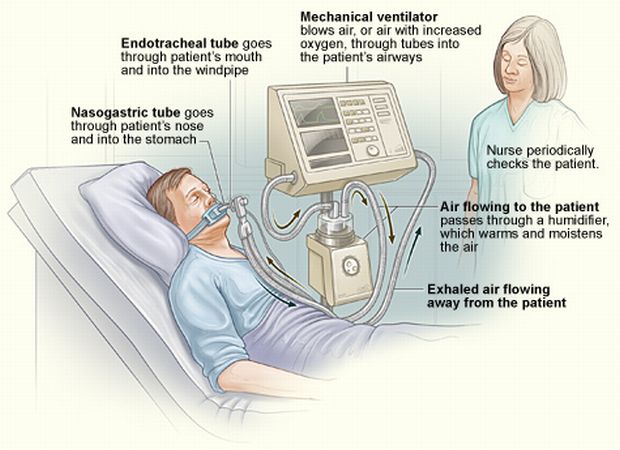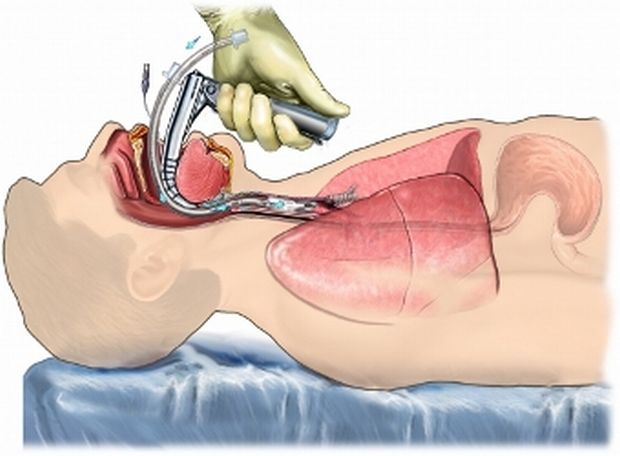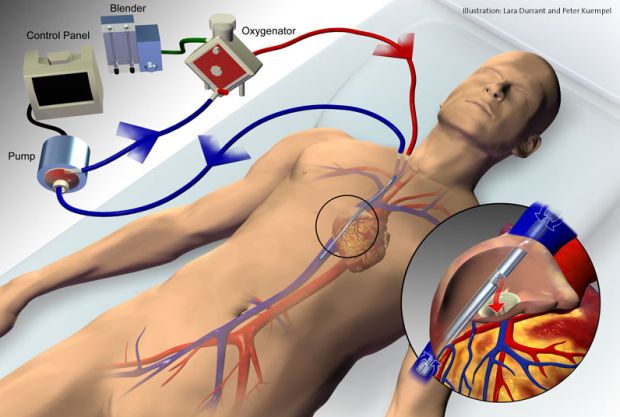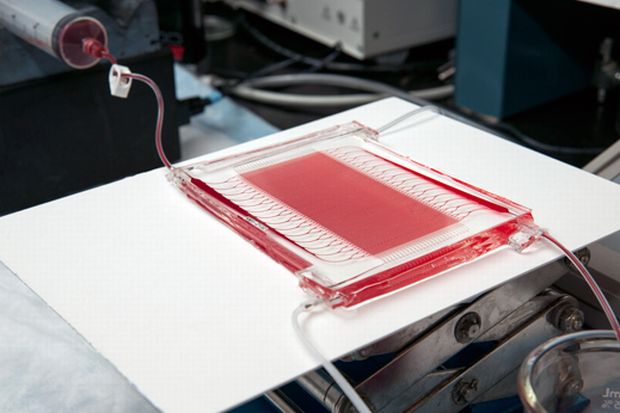Technology that would help in fabricating vital characteristics of lung structures would lead to safer and promising alternative to specific types of respiratory and cardiac machines used for treating patients whose lungs have failed to respond due to disease or injury.
In the past, biomedical engineers have used the technique of designing computer chips into fabricating mechanisms of organ systems. Of course keeping in mind the precise chemical and physical conditions as this is very important for the organ’s healthy functionality. For instance, blood has shown very high sensitivity to external environments since it is only compatible with healthy living systems.
Researchers at Draper Laboratory claim of developing an innovative lung therapy that is made up of micro channels casted into a biocompatible polymer that has the ability of managing high blood flow rates.
Mechanical ventilation
People who are at critical stage experience acute respiratory distress syndrome (ARDS). Generally, the accumulation of fluids in lungs disables the normal gas exchange function, which results in ARDS. Eventually the patients are kept on mechanical ventilation, which is similar to exercising broken arm, as stated by Jeff Borenstein, the project lead at Draper.
Extracorporeal membrane oxygenation
The invasive therapy does more harm than good. Administering oxygen in high concentrations into the lungs at high pressures might cause serious complications like lung tissue toxicity or pneumonia. Extracorporeal membrane oxygenation (ECMO) is a substitute to mechanical ventilation, it first draws patient’s blood, then passes the fluid through a device for eliminating carbon dioxide and adding oxygen to it and finally returns the blood back to the patient’s body.
Conventionally ECMO is considered as the last resort for saving life. Currently, the ECMO machines are extremely complicated and are operated by only trained personnel. During the process, the chances of blood coagulation is high in the device hence the patients are asked to consume anti-clotting medication which in turn is not safe either as it might lead to bleeding in the brain or gastrointestinal system.
Microfluidic device
Keeping these serious issues in mind, researchers at Draper have designed an innovative microfluidic device that gives the blood flow an environment that resembles an ambience of lungs. Hence, they look forward to replace this device with the guts of the traditional ECMO machines. The team is already looking forward to test it on animals within the next two years.
Mimicking the actual biological system
By arranging the layers of biocompatible plastic in neat piles along with microchannels patterned over their surface, the team has developed a 3D branching structure mimicking the larger blood vessels branch into capillaries.
Borenstein’s team has successfully demonstrated a flow rate of 100 milliliters per minute using bovine blood and now they are looking forward to replicating the process with liters of blood per minute without causing any tweak to the attributes that lessen clotting risk.
Such a device would definitely become a revolutionary product in biomedical field, as it’ll be simpler and much more efficient than the conventional ECMO machines. After all, the technology has enough potential of taking care of people suffering from severe respiratory failure.
[image: National Heart Lung and Blood Institute, uvahealth.com, New York-Presbyterian]







